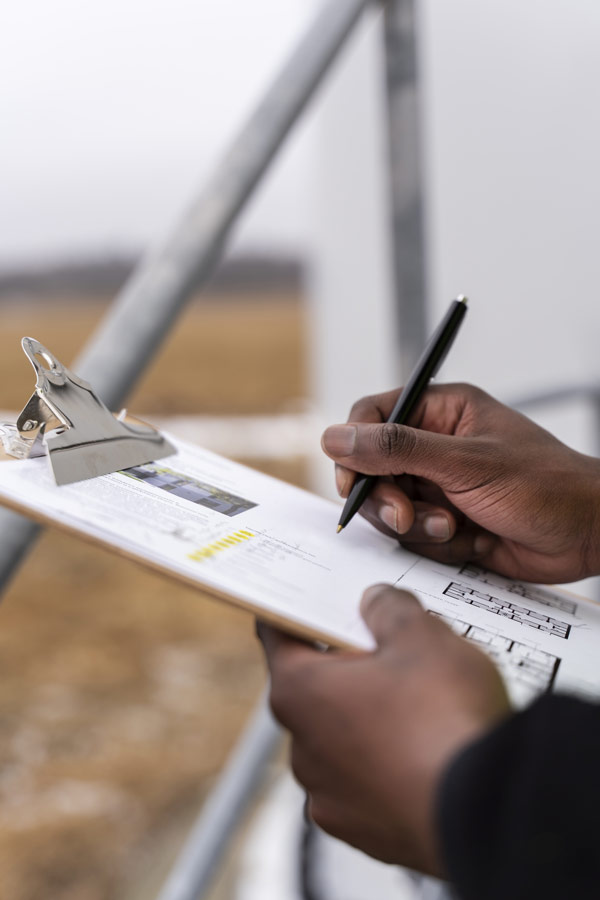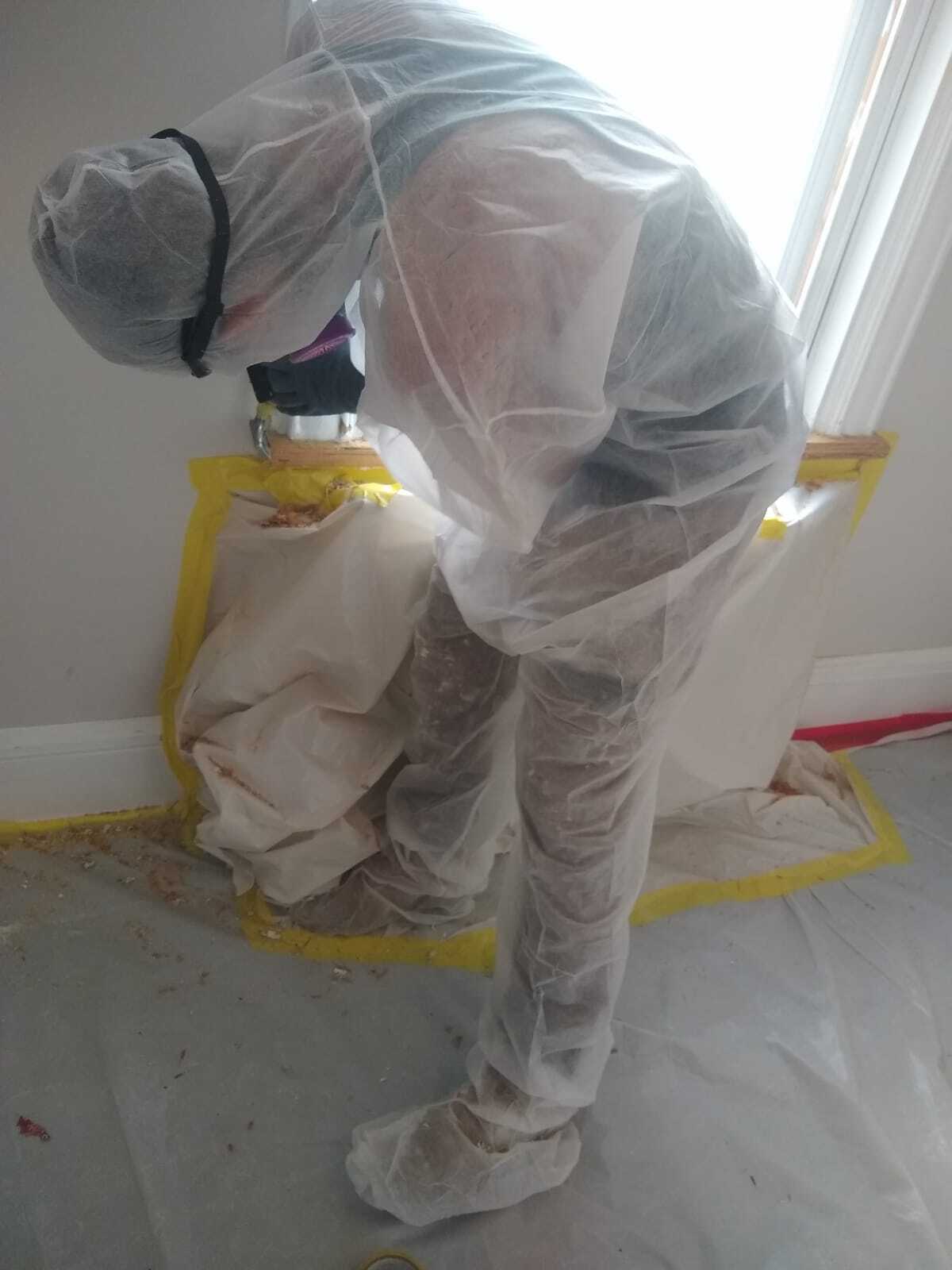Lead Paint Removal Service-- NYC's Trusted Solutions for Lead Security
Lead Paint Removal Service-- NYC's Trusted Solutions for Lead Security
Blog Article
Best Practices for Making Sure Safe and Thorough Lead Infraction Reduction
Attending to lead infraction abatement requires a multi-faceted strategy to ensure both safety and security and conformity. It's the final clearance process, involving comprehensive inspections and research laboratory screening, that genuinely verifies a lead-free environment, ensuring lasting security. How do these techniques adjoin to ensure comprehensive lead reduction?

First Evaluation
Performing a preliminary assessment is a critical primary step in lead violation reduction. This phase incorporates a comprehensive evaluation of the property to determine the presence, degree, and specific areas of lead-based risks. Certified professionals, such as qualified lead inspectors or take the chance of assessors, ought to execute an extensive website evaluation, making use of tools like X-ray fluorescence (XRF) analyzers to precisely detect and gauge lead concentrations in paint, dust, dirt, and water.
The analysis should also consist of a review of the building's background, previous reports, and any type of issues or health problems reported by owners - Lead Removal Contractors. Documenting the searchings for diligently is vital, as these records develop the basis for creating an effective abatement method. A comprehensive evaluation additionally involves sampling and lab analysis, which are essential to verify the visibility of lead and overview succeeding actions
Additionally, it is critical to communicate the results transparently to all stakeholders, including building proprietors, tenants, and regulatory authorities. By guaranteeing that the preliminary evaluation is carried out with accuracy and roughness, experts can lay a strong structure for a targeted and effective lead abatement process, eventually securing public wellness and making certain conformity with governing criteria.
Correct Control
Appropriate containment is important to avoid the spread of lead pollutants during abatement activities. Effectively managing containment decreases the threat of lead dirt and debris migrating to non-work locations, therefore guarding both the atmosphere and individuals outside the immediate job area. To accomplish appropriate containment, an impermeable obstacle of plastic sheet must be developed around the job area, making sure all seams and edges are securely secured. Lead Removal Contractors. This barrier should expand from flooring to ceiling and be taped down to protect against any kind of leaks.

Normal evaluations of the containment area are essential to look for violations or weak points in the obstacle. Any determined problems need to be immediately addressed to preserve the honesty of the containment. By sticking to these methods, reduction projects can successfully control lead contamination and reduce affiliated health and wellness threats.
Worker Security
Making certain worker defense is critical throughout lead reduction projects to stop occupational exposure to harmful lead fragments. Vital actions consist of making use of personal safety equipment (PPE) such as respirators, gloves, and full-body fits especially designed to block lead dust and fumes. Employees need to undertake extensive training on the right use and upkeep of PPE, consisting of fit testing for respirators best site to make sure optimum efficiency.
Design controls, such as neighborhood exhaust air flow systems, are crucial in reducing airborne lead concentrations in the work atmosphere. Administrative controls must additionally be applied, consisting of restricting the period of direct exposure and revolving employees to lower specific direct exposure times. Normal clinical security and organic monitoring are important for early detection of lead absorption, enabling timely intervention and therapy.
In addition, developing a purification method is essential. Employees need to comply with rigid decontamination procedures before breaks and at the end of their change to stop lead dirt from being brought see this here outside the workspace. This consists of complete hand and face cleaning with lead-specific cleaner and changing out of contaminated apparel.
Careful Clean-up
Maintaining a safe job atmosphere extends past worker protection and incorporates thorough clean-up to make sure lead fragments are extensively eliminated from the site. The process of careful cleanup is crucial in preventing the recontamination of the mellowed out area and safeguarding both present and future residents.
To achieve a thorough clean-up, all workplace must be methodically sanitized. This includes the use of specialized HEPA (High-Efficiency Particulate Air) vacuum and wet-wiping methods to record and eliminate fine lead dirt that might have decided on surfaces. Get More Information It is imperative to clean up all straight surfaces, consisting of floorings, window sills, and kitchen counters, as well as upright surfaces that might have trapped lead bits.
Employees must use ideal personal safety tools (PPE) during clean-up to stay clear of direct exposure to residual lead dirt. Used cleaning materials such as wipes, sponges, and wipe heads should be gotten rid of according to contaminated materials disposal guidelines.

Last Clearance
Last clearance is the essential wrapping up phase of lead reduction that establishes whether the site is secure for reoccupation. This vital action involves detailed assessment and testing to verify that all lead risks have been effectively eliminated.

Final clearance screening not only protects future owners yet likewise ensures conformity with regional, state, and federal laws. Additionally, it serves as a recorded validation of the reduction specialist's adherence to market best techniques. Making certain a complete and successful last clearance is important in guarding public health and promoting count on in the abatement process.
Final Thought
Making certain risk-free and thorough lead violation reduction necessitates a complex method incorporating first analyses with innovative detection approaches, effective containment approaches, strict employee defense protocols, and careful cleanup procedures. The last clearance stage, featuring comprehensive examinations and laboratory testing, is critical to confirm compliance with EPA requirements. Adherence to these ideal practices guarantees a risk-free setting for owners, mitigates health and wellness dangers, and upholds regulative demands, consequently advertising public wellness and safety in lead-affected areas.
Report this page